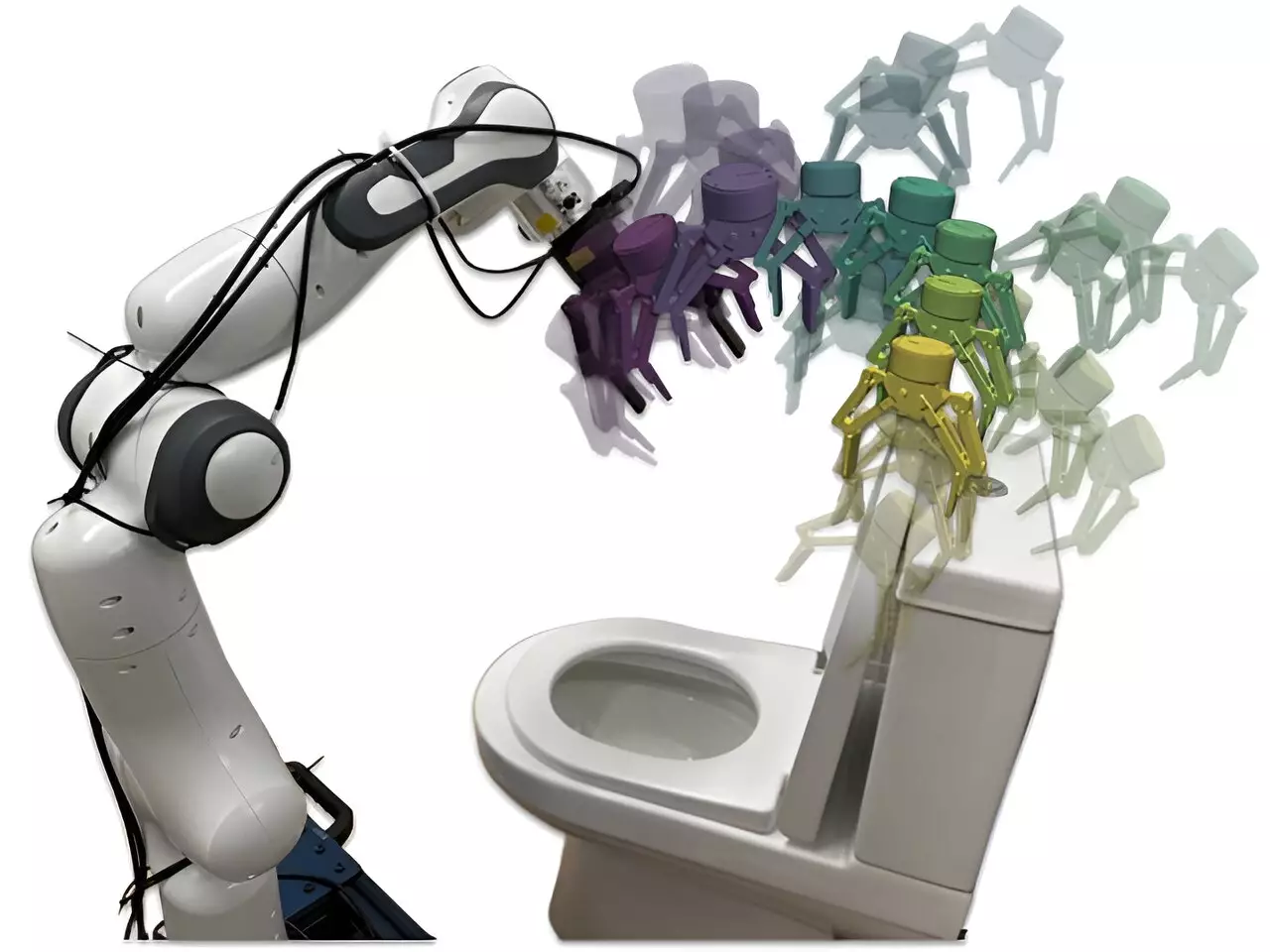Roboticists have made significant advancements in developing sophisticated systems over the years. However, teaching these systems to effectively handle new tasks has been a persistent challenge. One crucial aspect of this training process involves mapping high-dimensional data, such as images captured by on-board RGB cameras, to goal-oriented robotic actions. Researchers at Imperial College London and the Dyson Robot Learning Lab recently introduced a groundbreaking method called Render and Diffuse (R&D) to address this challenge. This method aims to unify low-level robot actions and RGB images by utilizing virtual 3D renders of a robotic system.
The development of the R&D method emerged from the collaboration between Imperial College London and Dyson Robot Learning Lab. Vitalis Vosylius, a final year Ph.D. student at Imperial College London and the lead author of the paper detailing the method, emphasized the importance of enabling humans to efficiently teach robots new skills without the need for extensive demonstrations. Traditional techniques for training robots are typically data-intensive and struggle with spatial generalization. They often perform poorly when objects are positioned differently from the demonstrations provided. Vosylius highlighted the complexity of predicting precise actions from RGB images, especially when data is limited.
During his internship at Dyson Robot Learning, Vosylius worked on a project that led to the development of the R&D method. The primary objective of this project was to simplify the learning process for robots, enabling them to predict actions more efficiently and complete various tasks. Unlike conventional robotic systems, which rely on complex calculations for limb movement, humans tend to imagine how their hands should move to accomplish a task effectively. Similarly, Vosylius explained that the R&D method allows robots to ‘imagine’ their actions within images through virtual renders of their embodiment. By representing robot actions and observations as RGB images, the method facilitates teaching robots new tasks with fewer demonstrations and enhances spatial generalization capabilities.
To teach a robot to perform a new task, it needs to predict the actions based on images captured by its sensors. The R&D method streamlines this mapping process between images and actions. Vosylius outlined the two key components of the method: virtual renders of the robot and a learned diffusion process. Virtual renders enable the robot to visualize its actions within the environment, while the diffusion process refines these actions iteratively, resulting in a sequence of actions required to complete the task. By leveraging 3D models of robots and rendering techniques, R&D simplifies skill acquisition and reduces training data requirements significantly.
The researchers conducted simulations to evaluate the effectiveness of the R&D method and demonstrated its capabilities in real-world scenarios involving everyday tasks. These tasks included placing an apple in a drawer, opening and closing a drawer, sweeping a cupboard, and more. Vosylius expressed excitement about the increased data efficiency achieved through the use of virtual renders to represent robot actions. This efficiency translates to reduced data collection efforts and labor-intensive demonstrations for training robots.
Looking ahead, the researchers plan to further test and apply the R&D method to a wider range of tasks. The promising results obtained from this study could inspire the development of similar approaches to streamline algorithm training for robotics applications. Vosylius highlighted the potential of combining the R&D approach with advanced image foundation models trained on extensive internet data for future research endeavors. The future of robotics appears poised for transformative advancements with the integration of innovative methods like R&D.


Leave a Reply